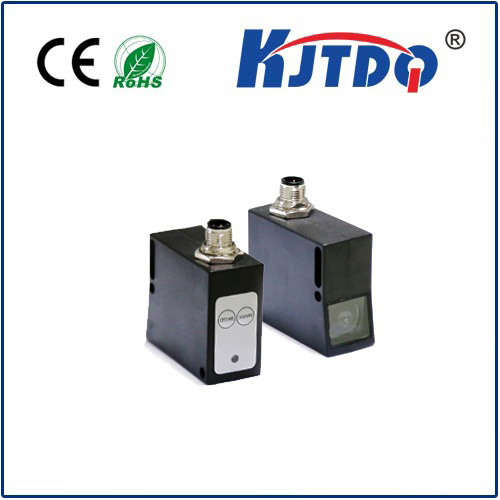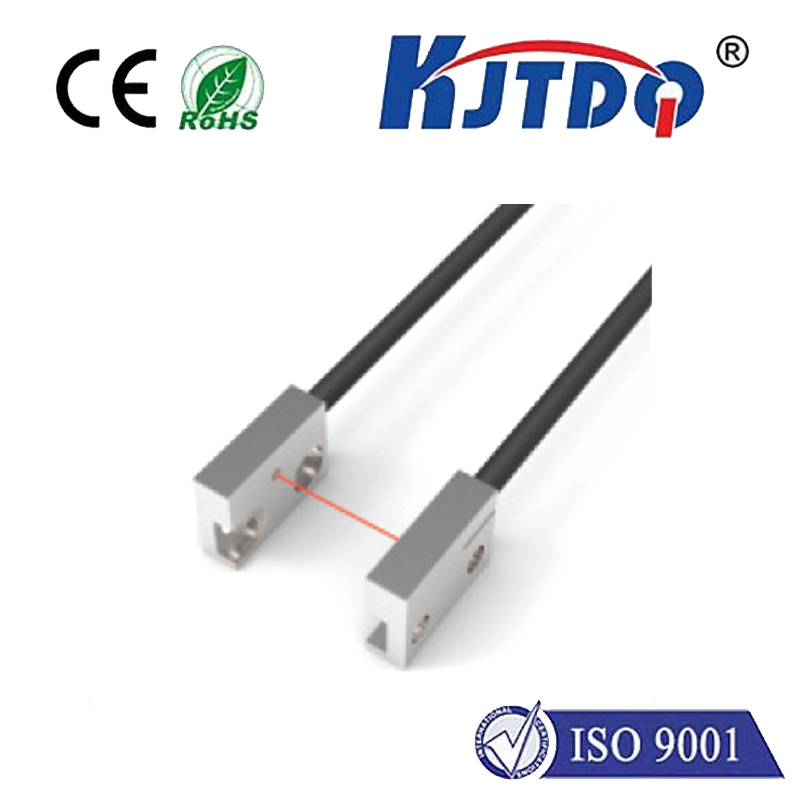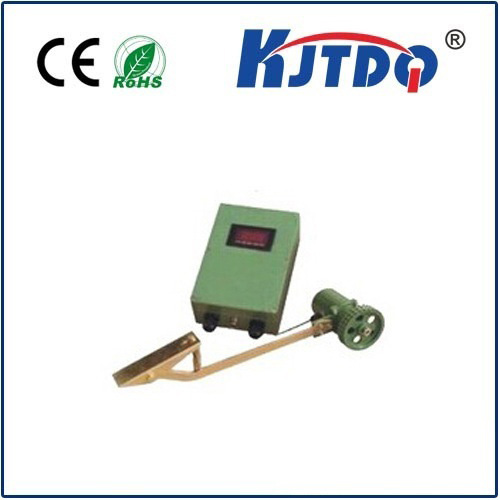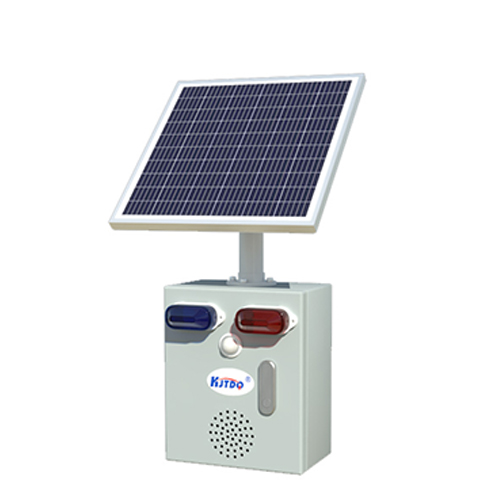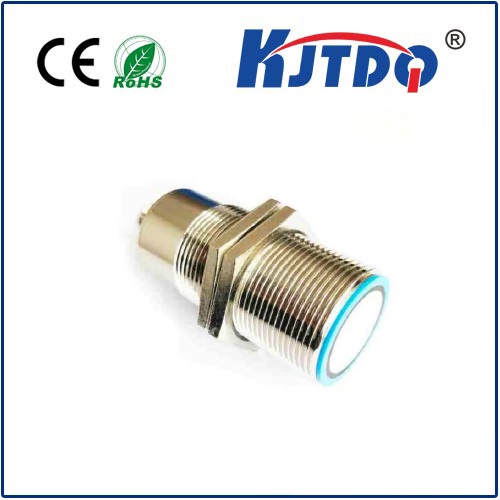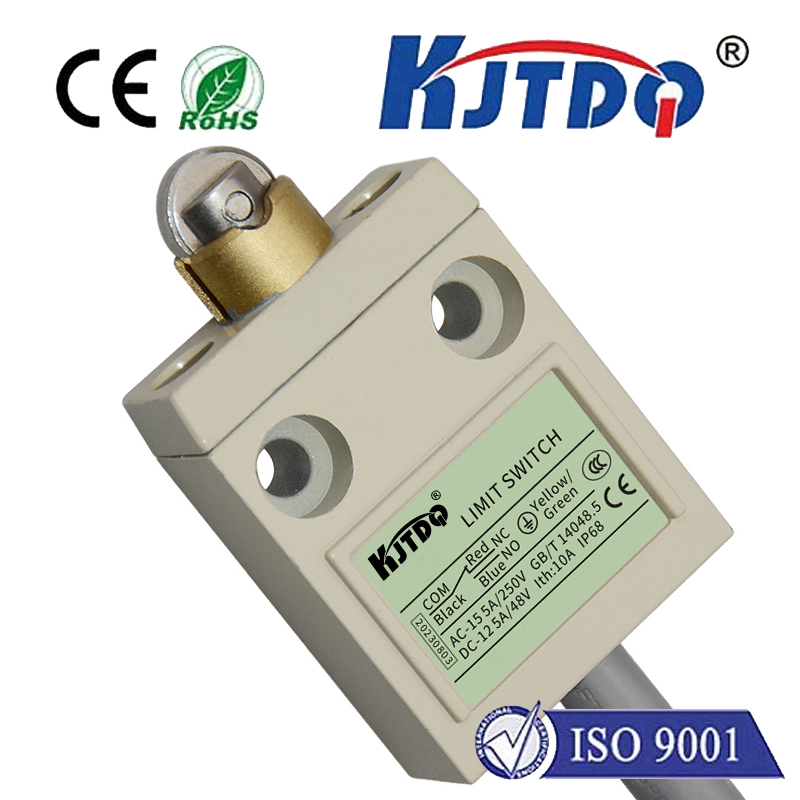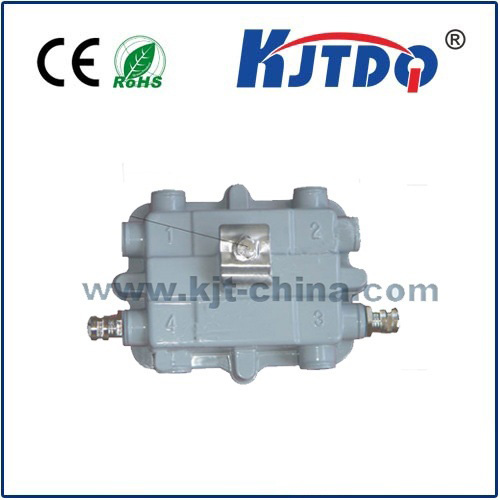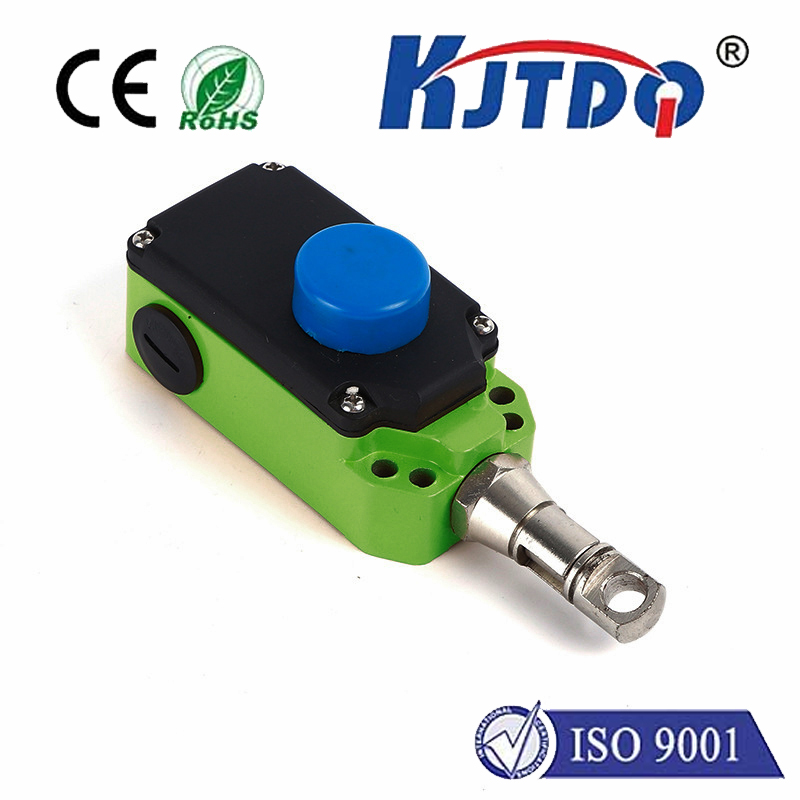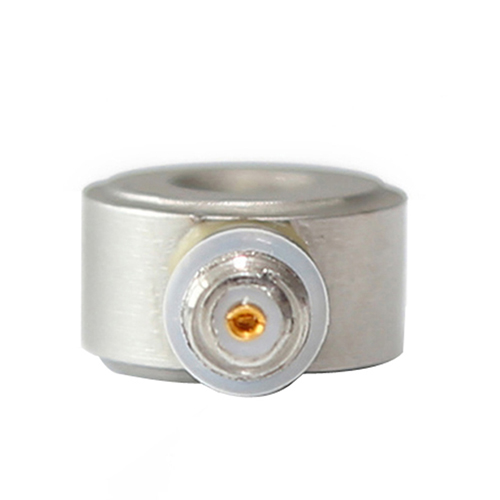Обратное отражение датчика
- time:2025-07-25 04:05:02
- Нажмите:0
Retro-Reflective Sensors: The Reliable Workhorses of Automated Detection
Ever wonder how that automatic supermarket door knows to slide open just as you approach? Or how a complex manufacturing line flawlessly senses the presence of a crucial component? Often, the unsung hero behind this seamless automation is a retro-reflective sensor. More than just a specialized component, this photoelectric sensor technology offers a unique blend of reliability and simplicity, making it a cornerstone in countless industrial and commercial applications. Understanding how they operate reveals why they remain a go-to solution for precise object detection.
Unlike diffuse sensors that detect light bouncing off the target itself, or through-beam sensors requiring both an emitter and a separate receiver unit, retro-reflective sensors utilize a clever optical trick. They combine the light emitter (typically an LED) and the receiver into a single housing. How do they detect an object, then? The secret lies in the retro-reflector mounted opposite the sensor unit.
The term “retro-reflective” is key. A retro-reflector (like specialized tape, a prismatic reflector, or corner-cube arrays) is designed with a unique property: it reflects incoming light directly back along the same path it came from, regardless of the angle of incidence. Imagine a bicycle reflector shining brightly back at your car’s headlights – that’s retro-reflection in action.

Here’s the core operational principle:
- Emission: The sensor’s integrated LED emitter sends out a beam of light – often visible red, infrared, or laser – directed towards the retro-reflector.
- Reflection: When the beam path is clear, the light hits the retro-reflector, which efficiently bounces the beam straight back to the sensor unit.
- Reception: Within the same housing, the photoelectric receiver detects this strong, returned light signal. In this state, the sensor typically outputs a “clear” or “no object” signal (logic state can vary).
- Detection: When an object enters the space between the sensor and the reflector, it interrupts the light beam.
- Signal Change: The receiver stops detecting the strong reflected beam. The sensor interprets this absence or significant reduction in light intensity as an object’s presence, triggering its output to switch state.
This fundamental principle underpins the crucial advantages of retro-reflective photoelectric sensors:
- Simplified Installation & Alignment: Compared to through-beam sensors requiring precise alignment of two separate units (emitter and receiver), retro-reflective sensors only need alignment between the single sensor unit and the reflector. This drastically reduces setup time and complexity. Getting the beam reliably onto the reflector’s surface is generally much easier.
- Reduced Wiring Cost: Only one unit (the sensor) needs power and signal wiring. The reflector is a passive optical component, eliminating the cost and complexity of running cables to a separate receiver.
- Excellent Range-to-Size Ratio: Retro-reflective sensors often offer surprisingly long sensing ranges for their physical size, thanks to the efficiency of modern retro-reflectors in bouncing light back. This makes them suitable for applications where distance matters but space is constrained.
- Reliable Detection of Challenging Targets: They generally perform better than diffuse sensors on low-reflectivity targets (like black rubber or matte surfaces) or at longer distances because they rely on the strong, known reflection from the dedicated reflector, not the unpredictable reflectivity of the target itself.
- Robustness: With fewer components to configure and wire compared to a through-beam system, the potential points of failure are reduced. High-quality sensors and reflectors are built for demanding industrial conditions.
However, like any technology, Обратное отражение датчика systems have considerations:
- Reflector Requirements: The reflector must be clean and unobstructed. Dirt, paint, or damage can significantly reduce the returned signal strength, potentially causing false triggers or missed detections.
- Target Characteristics: While good for low-reflectivity objects, highly reflective or shiny targets near the sensor might inadvertently bounce enough light back to the receiver even when partially blocking the beam, potentially leading to unreliable detection. Polarized filters are often used in retro-reflective sensors specifically to mitigate this issue by only allowing light with a specific polarization (emitted by the sensor and preserved by the reflector) to be detected, ignoring stray reflections from shiny objects.
- Environmental Factors: Heavy fog, dust, steam, or other airborne contaminants in the beam path can scatter the light, weakening the signal reaching the receiver and potentially causing instability. Careful sensor selection based on environmental rating (IP rating) is essential.
So, where do you find these retro-reflective sensors reliably performing their duty?
- Automatic Doors: The quintessential example – detecting people entering or exiting.
- Packaging Machinery: Detecting the presence of packages, boxes, or lids on conveyors reliably at high speeds.
- Перевозка материалов: Monitoring pallet positions, detecting cartons on assembly lines, or ensuring stacking height.
- Security Systems: Acting as intrusion detection beams across gates, windows, or hallways.
- Robotics: Providing position feedback or confirming part pickup/placement location.
- Printing/Press Equipment: Sensing paper web presence or verifying registration marks.
- Elevator Safety: Ensuring doorways are clear before closing or moving.
When selecting a retro-reflective photoelectric sensor, key factors include required sensing range, target size, the operating environment (IP rating, temperature, presence of contaminants), response speed, output type (PNP/NPN, relay), and whether polarization filtering is needed to combat shiny targets. Understanding these parameters ensures optimal performance.
Sensor retro reflective technology represents a perfect balance in the photoelectric sensing world. While ultra-precision might require laser through-beam, and very close-range detection might favor diffuse sensors, the retro-reflective sensor shines brightly for countless mid-range applications demanding reliability, simplicity in installation, and cost-effectiveness. Their ingenious use of optics through the retro-reflector makes them enduringly valuable workhorses, quietly enabling automation and safety mechanisms we encounter daily. Choosing the right one requires matching its strengths to the application’s specific demands.

